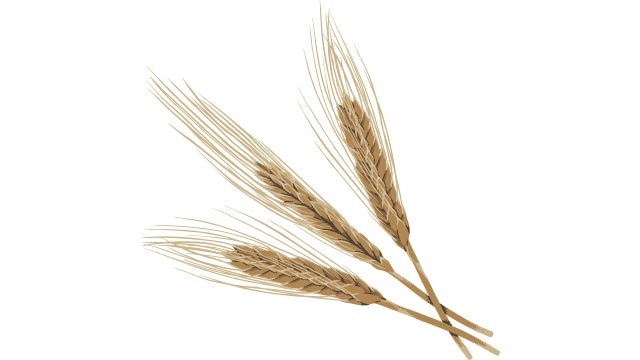Cabbage

Latin name: Brassica oleracea
Other names: chou (French), napa (Japanese)
Uses: vegetable
What is cabbage?
Cabbage has been a human mainstay for millennia. Cabbage is a cruciferous vegetable, typically around a pound or two in size, that’s a common ingredient of nearly every culture in the northern hemisphere from the British Isles to the Japanese archipelago.
Why is cabbage healthy?
All cruciferous vegetables are nutritional powerhouses. Cabbages are packed with fiber, vitamins (especially C and K), and minerals (notably manganese, calcium, and potassium). They’re also full of antioxidant polyphenols and beneficial sulfur compounds (which give them their characteristic mustardy taste). These substances can reduce inflammation and appear to protect against chronic conditions like heart disease and arthritis.
What does cabbage taste like?
Cabbage has a pungent quality like its mustard cousins broccoli and Brussels sprouts. Though it’s decidedly milder than other crucifers, cooking cabbage still releases the unmistakable wet sock-aroma of allyl isothiocyanate (the odor is more pronounced in higher temperatures). This sulfuric funk is accentuated by fermentation (as in sauerkraut), but when roasted, cabbage takes on a wonderful sweetness.
How do I use cabbage?
Remove the outer layer of leaves on a head of cabbage, and then the sky’s the limit. You can steam or boil it whole, then peel away the leaves to use for cabbage rolls; you can halve or slice it into thick slabs for roasting or grilling; you can shred it for slaws or for fermenting into kraut; or you can roughly chop it and sauté or braise it.
What does cabbage pair well with?
The flavor of cabbage is a natural match for other winter ingredients, especially beans and root vegetables like onions, carrots, potatoes, and beets. It loves acid, especially fruit vinegars. Cabbage gets along well with northern European aromatics like dill, chervil, juniper, and allspice, as well as East Asian fermented flavors like miso and doenjang.
Where does cabbage grow?
Cabbage’s origins are not clearly known, but based on a combination of written texts and molecular records, its wild ancestor likely came from either the British Isles or northwestern Europe and was domesticated sometime during the Neolithic era. Cabbage is grown around the world; China produces the majority of the global crop, followed by India and Russia.
How to buy cabbage:
Whether you prefer white, red, or ruffly Savoy cabbage, look for firm, compact specimens and store them in a plastic bag in the fridge, where they’ll keep for a couple months.
Fun cabbage fact:
Cabbage’s close ties with babies goes back long before the Cabbage Patch Kids craze of the 1980s; the origin of finding newborn babies in a cabbage patch goes back centuries (at least as far back as stories about delivery by stork). A cabbage leaf applied to the breast is an old folk remedy for mastitis, engorgement, and clogged milk duct in nursing mothers — and one that’s still practiced today.




